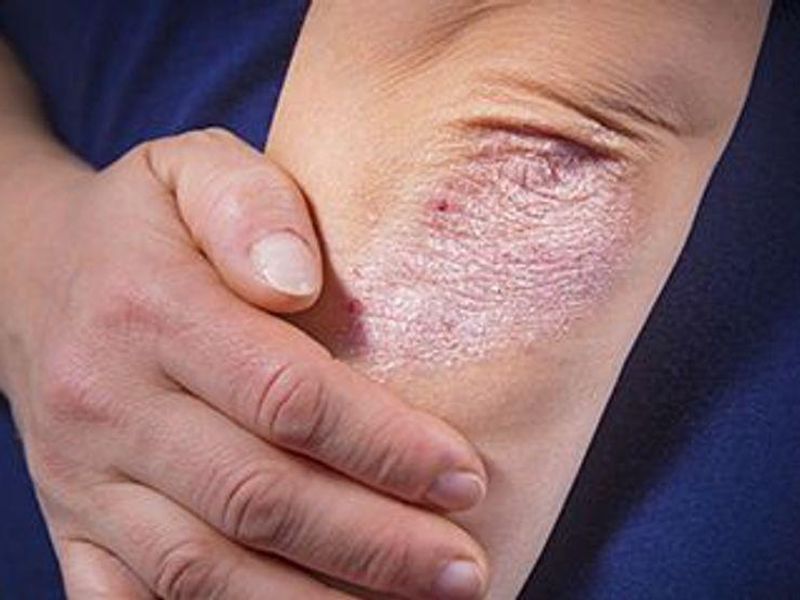Standardized incidence ratio was 3.0 during first year of follow-up after VTE and decreased to 1.5 during subsequent years
MONDAY, Jan. 24, 2022 (HealthDay News) — For patients with psoriasis, the risk for cancer is increased at the time of or after venous thromboembolism (VTE), according to a research letter published online Jan. 18 in the British Journal of Dermatology.
Sissel T. Sørensen, from Aarhus University Hospital in Denmark, and colleagues compared the observed cancer incidence among patients with psoriasis and VTE to the expected incidence using Danish national cancer rates.
The researchers identified 887 patients with VTE and a psoriasis diagnosis. Seventy-nine percent of the patients were older than 50 years, and 22 percent had a provoking factor (pregnancy, trauma/fracture, or surgery) within three months before diagnosis of VTE. During the study period, 145 cancers were observed. The absolute risk for overall cancer was 4.7 percent during the first year of follow-up, corresponding to a standardized incidence ratio (SIR) of 3.0. During the subsequent years of follow-up, the overall SIR decreased to 1.5. The associations were strongest for lung cancer, colorectal cancers, and non-Hodgkin lymphoma.
“At the time of VTE or in the first year afterwards, we found a clearly increased cancer risk in patients with psoriasis,” the authors write. “Comprehensive research has shown that extensive screening for occult cancer in patients with VTE in general will lead to a higher rate of cancer detection, but these strategies have not been associated with improved cancer related mortality.”
Copyright © 2021 HealthDay. All rights reserved.








